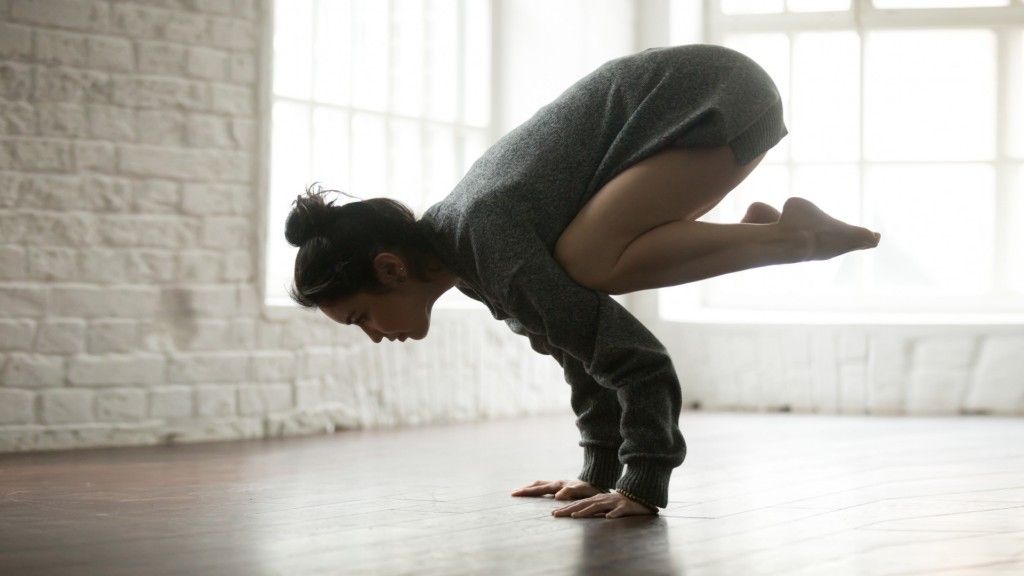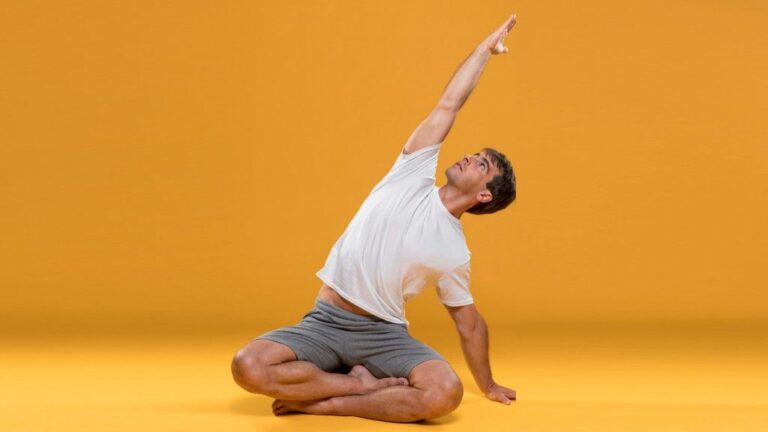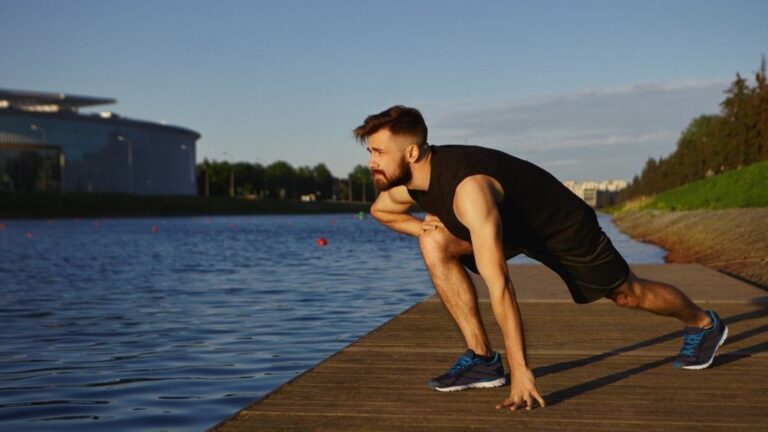5 Simple Moves That Reveal Where Your Body Is Struggling – Ever feel like your body has a mind of its own? Maybe you’re crushing your workouts but still notice nagging aches, imbalances, or plateaus in progress.
Or perhaps you’re just starting out and want to avoid bad habits before they take root. The truth is, our bodies often hold onto hidden weaknesses that only surface during specific movements.
“Functional movement check-ins are like diagnostic tools for your body,” says Jessica Martinez, NASM-CPT and corrective exercise specialist. “They reveal where you might be compensating, overusing certain muscles, or neglecting others.
Once you identify these weak points, you can address them proactively instead of waiting for an injury to force the issue.”
Ready to uncover what your body’s trying to tell you? These five simple exercises will help you assess mobility, strength, and movement patterns—and give you actionable tips to fix any issues along the way. Let’s get started!
Table of Contents
1. Squat (Bodyweight)
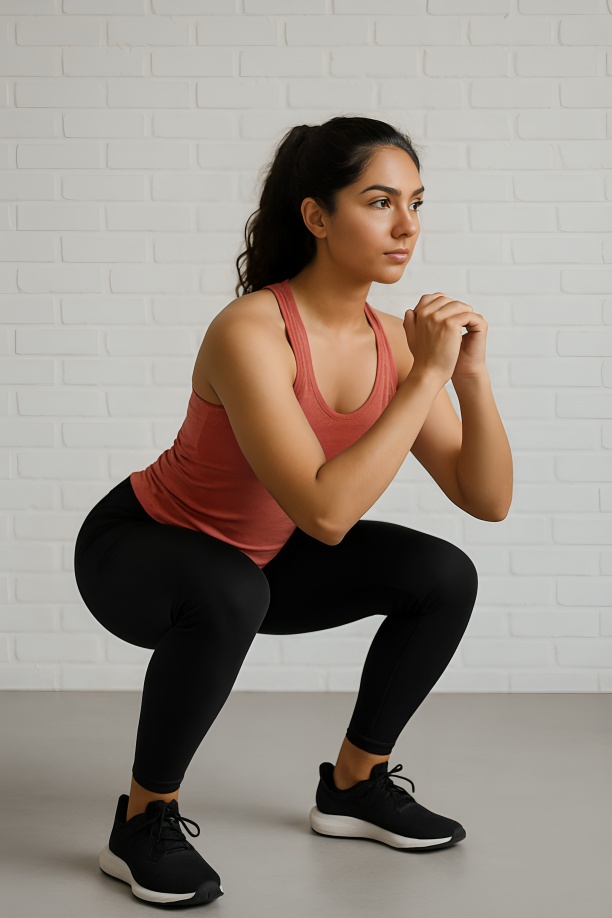
What It Reveals: Poor ankle or hip mobility, weak glutes, or core instability.
If squatting feels awkward—heels lifting off the ground, knees caving inward, or rounding your back—it could signal tightness in your hips or ankles, underactive glutes, or a lack of core engagement.
How to Fix It:
- Ankle Mobility Drill: Stand facing a wall, place one foot forward, and gently push your knee toward the wall without letting your heel rise. Repeat 10 times per leg.
- Glute Activation: Perform banded lateral walks to wake up those sleepy glutes. Wrap a resistance band above your knees, sink into a half-squat, and step sideways for 10 steps each direction.
- Core Engagement Practice: Before squatting, brace your core as if someone were about to tickle you. This helps stabilize your spine.
Martinez Says: “A good squat requires coordination between multiple joints and muscle groups. Addressing mobility first makes everything else click into place.”
Also read – Tired of Running to Burn Fat? Do These 6 Strength Moves Instead
2. Push-Up
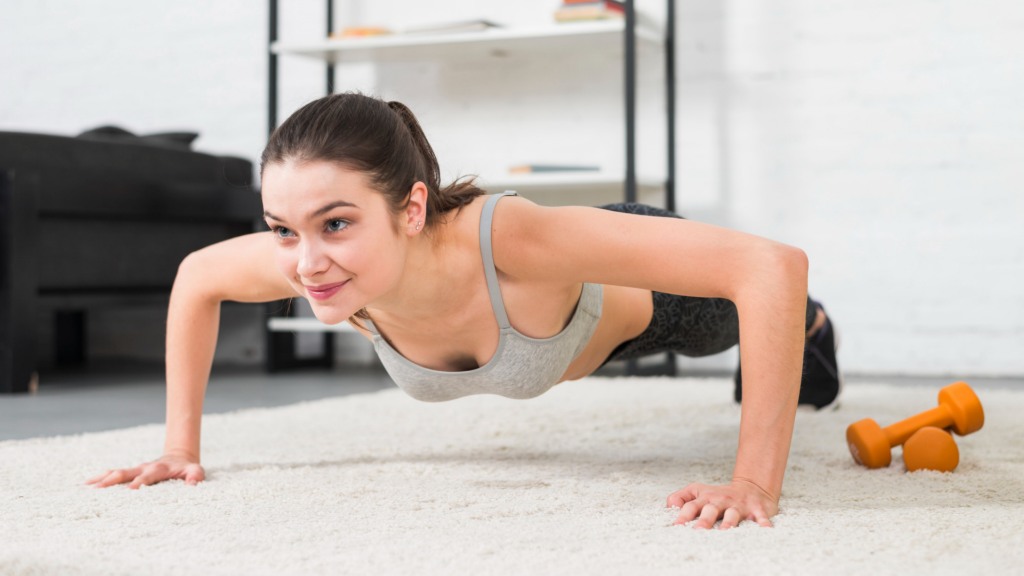
What It Reveals: Weak shoulders, poor scapular control, or insufficient core strength.
Struggling to maintain a straight line from head to heels—or feeling all the effort in your arms instead of your chest and shoulders—indicates weak stabilizers or improper form.
How to Fix It:
- Scapular Push-Ups: Perform push-ups focusing solely on moving your shoulder blades. Lower slightly while pinching them together, then spread them apart at the top. Do 2 sets of 8–10 reps.
- Plank Holds: Build core endurance by holding a forearm plank for 20–30 seconds, ensuring your hips stay level. Progressively increase time as you improve.
- Elevated Push-Ups: Place your hands on a bench or sturdy surface to reduce load while practicing proper alignment.
Martinez Says: “The push-up isn’t just an upper-body move—it’s a full-body test of stability. Mastering this means stronger shoulders and a rock-solid core.”
3. Side Plank
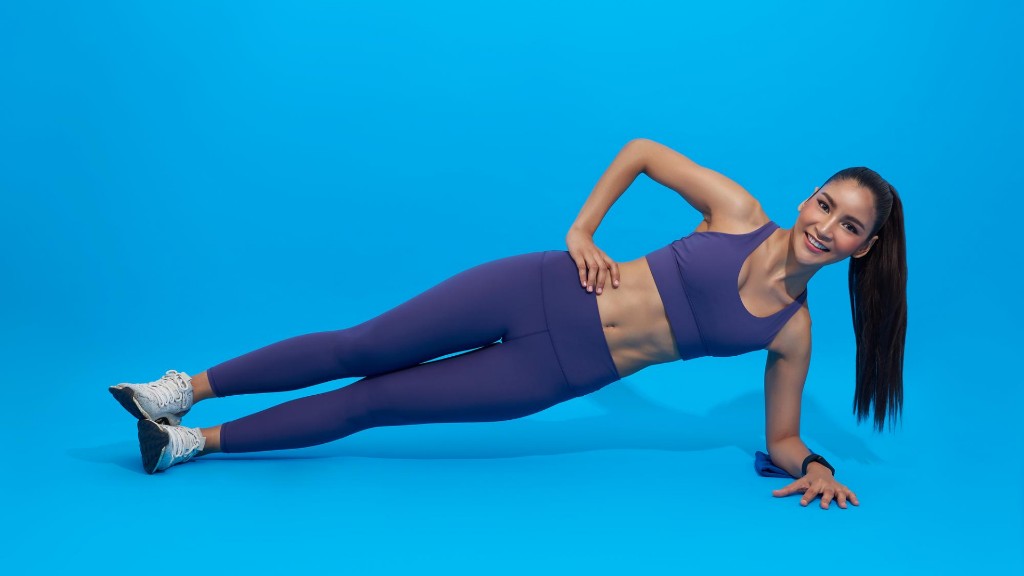
What It Reveals: Weak obliques, poor shoulder stability, or lack of pelvic alignment.
If holding a side plank feels impossible—or if your hips sag or rotate—it highlights weaknesses in your lateral core muscles or unstable shoulders.
How to Fix It:
- Modified Side Plank: Drop your bottom knee to the floor for added support while working on holding proper form. Aim for 20-second holds per side.
- Clamshells: Strengthen your glute medius and obliques with clamshells. Lie on your side, bend your knees, and lift your top knee while keeping feet together. Do 2 sets of 12–15 reps per side.
- Shoulder Taps: In a high plank position, alternate tapping each hand to the opposite shoulder. Keep your hips steady. Aim for 2 sets of 10 taps per side.
Martinez Says: “Side planks are deceptively challenging because they target smaller, often-neglected muscles. Building this foundation improves overall balance and posture.”
Also read – No Weights? No Problem. This 6-Move Bodyweight Workout Will Leave You Shredded
4. Deadlift (Bodyweight or Light Resistance)
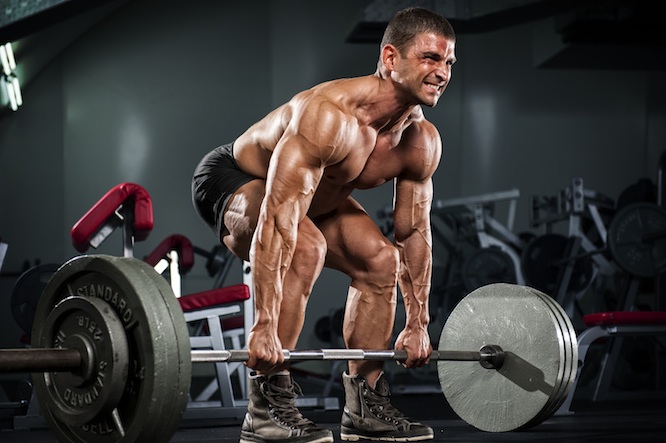
What It Reveals: Tight hamstrings, weak glutes, or faulty hip hinge mechanics.
Trouble maintaining a flat back or feeling tension in your lower back rather than your hamstrings and glutes suggests limited mobility or reliance on incorrect muscles.
How to Fix It:
- Hip Hinge Drills: Practice hinging at your hips with a dowel rod along your spine. Keep contact with your tailbone, mid-back, and head as you tilt forward. Do 2 sets of 8–10 reps.
- Glute Bridges: Lie on your back, knees bent, and press through your heels to lift your hips. Squeeze your glutes at the top. Do 2 sets of 12–15 reps.
- Hamstring Stretch: Use a strap or towel looped around your foot to gently stretch your hamstring while lying on your back. Hold for 20–30 seconds per leg.
Martinez Says: “Deadlifts teach you how to use your posterior chain properly. Start light and focus on technique—it’s worth the investment.”
Also read – I Trained With Nothing But Resistance Bands for a Week—Here’s What Surprised Me
5. Dead Hang (Pull-Up Bar)
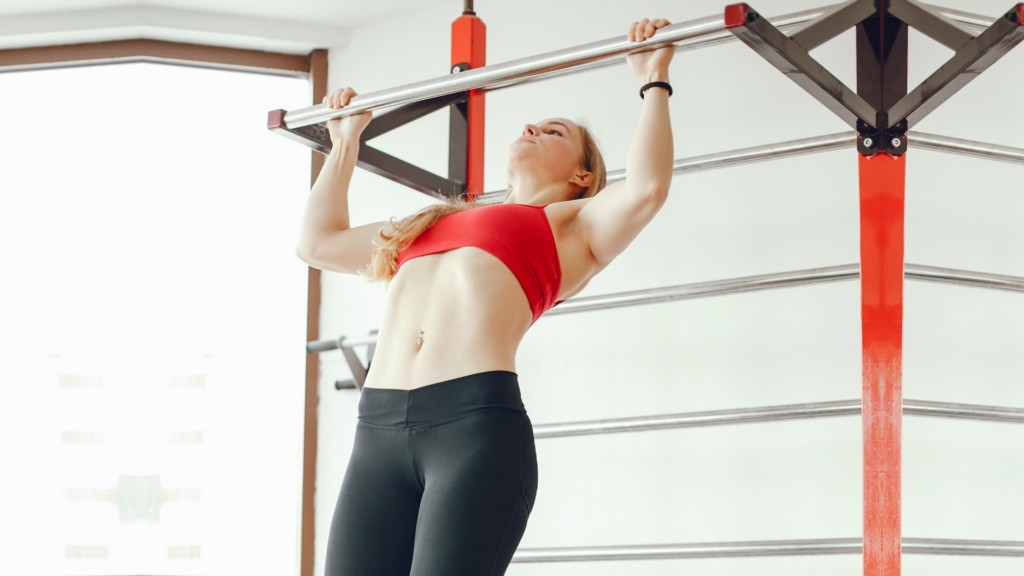
What It Reveals: Weak grip strength, shoulder mobility issues, or poor scapular control.
If you struggle to hang comfortably—or feel pain in your shoulders—it may indicate tight lats, weak rotator cuffs, or inadequate grip endurance.
How to Fix It:
- Farmer’s Carries: Walk while holding dumbbells or kettlebells at your sides. Focus on keeping your shoulders down and back. Go for 30–60 seconds per round.
- Shoulder Dislocates: Hold a broomstick or resistance band overhead and slowly circle it behind your back, then return to the front. Do 2 sets of 8–10 reps.
- Wrist Flexor Stretches: Extend one arm in front of you, palm down, and gently pull back on your fingers with the other hand. Hold for 15–20 seconds per arm.
Martinez Says: “Grip strength is more important than people realize—it’s linked to longevity and overall functional fitness. Don’t overlook the basics!”
Final Takeaway
These five movements aren’t just exercises—they’re windows into how your body moves, stabilizes, and adapts. Struggles with any of them don’t mean failure; they mean opportunity. By addressing hidden weaknesses now, you’re setting yourself up for long-term success and resilience.
Remember, progress takes patience and consistency. Celebrate small wins, listen to your body, and trust the process. As Jessica Martinez reminds us, “Awareness is the first step toward improvement. Every rep brings you closer to becoming a stronger, healthier version of yourself.”
So grab a mat, find a pull-up bar, and start checking in—you’ve got this!

